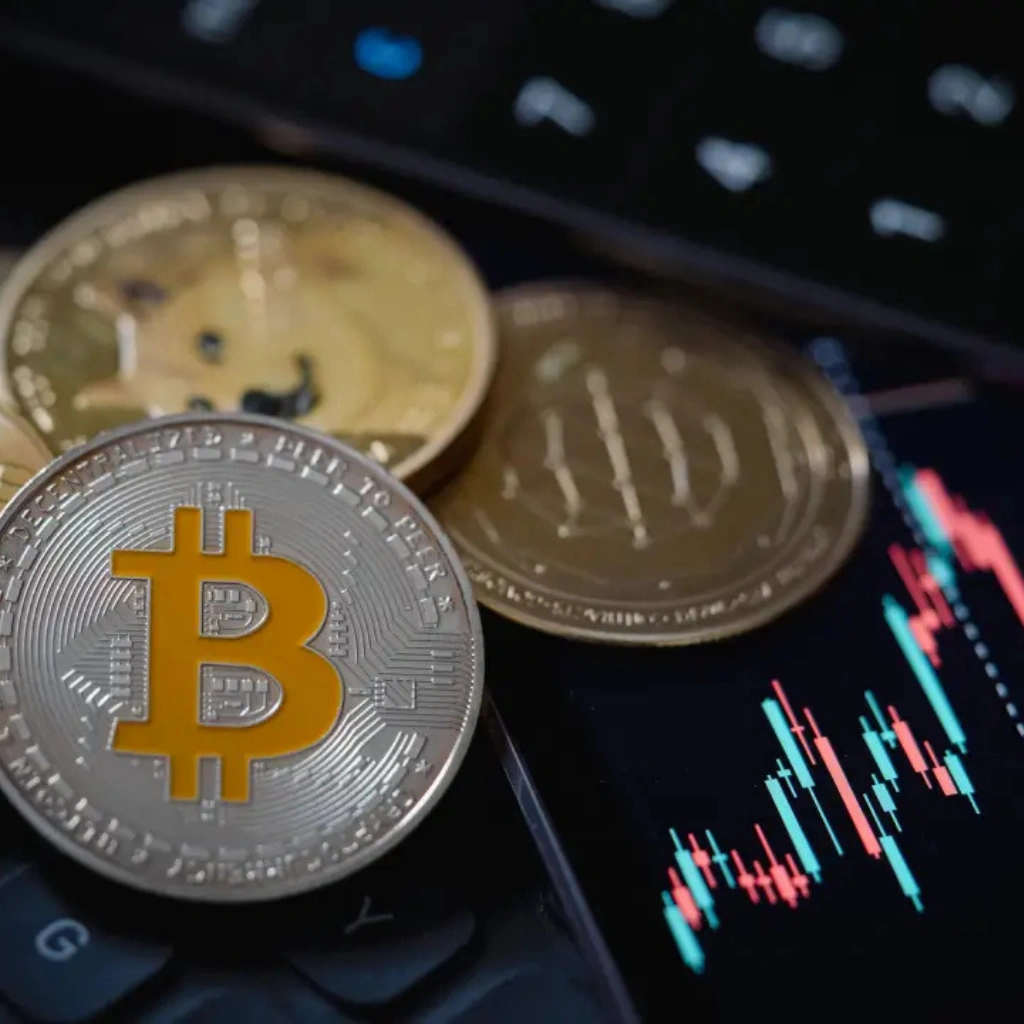Bitcoin Strengthens Its Market Presence
Bitcoin ’s dominance in the cryptocurrency market has surged to 61%, marking a new cycle high. Analysts attribute this rise to the Federal Reserve’s increasingly hawkish stance and stronger-than-expected job growth in the U.S. economy.
As borrowing costs increase and liquidity tightens, investors are pulling away from riskier altcoins and shifting their focus to Bitcoin, which is perceived as a more stable asset in uncertain market conditions.
Altcoin Gains Fade Amid Economic Adjustments
Matrixport data shows that Bitcoin’s market dominance dropped from 60.3% on November 5 to 53.9% by December 9, as altcoins gained momentum post-election. However, this surge was temporary, and Bitcoin has since reclaimed its share as investors reassess market risks.
Crypto Market Valuation Shrinks by $900 Billion
The total cryptocurrency market has contracted sharply. In December, Bitcoin accounted for about 53% of the market, which had a peak valuation of $3.8 trillion. However, by March, market capitalization had fallen by $900 billion to around $2.9 trillion, indicating declining liquidity, particularly for altcoins.
Despite the downturn, Bitcoin has shown more resilience compared to other major cryptocurrencies. Over the past month, Bitcoin has dropped 24% from its January high of $109,000, Ethereum has fallen to $1,895, and Solana has suffered a steep 39% decline.

The Federal Reserve’s Role in Bitcoin ’s Market Outlook
The Fed’s monetary policy remains a key factor in Bitcoin’s price movements. Analysts predict that liquidity challenges will continue to limit Bitcoin’s ability to see rapid price surges. However, as it remains the dominant asset, its long-term potential will depend on evolving economic policies and investor sentiment.
Bitcoin’s dominance is expected to stay strong as the market adjusts to a new economic reality, with liquidity constraints continuing to shape the broader crypto landscape.
relevant news: HERE




